API Design | Oct 13, 2025 | 10 min read | By Savan Kharod | Reviewed by Rahul Khinchi

Savan Kharod works on demand generation and content at Treblle, where he focuses on SEO, content strategy, and developer-focused marketing. With a background in engineering and a passion for digital marketing, he combines technical understanding with skills in paid advertising, email marketing, and CRM workflows to drive audience growth and engagement. He actively participates in industry webinars and community sessions to stay current with marketing trends and best practices.
Modern teams ship APIs across dozens of services, clouds, and business units, resulting in API sprawl, inconsistent designs, duplicate work, and an increased security exposure as attack surfaces expand. API governance addresses this by enforcing shared standards, policies, and visibility across the API lifecycle so interfaces remain discoverable, consistent, and secure as they scale.
This guide explains what to look for in a governance platform and reviews the top API governance tools of 2025, highlighting their strengths, ideal use cases, and key differences so that you can select the right fit.
When evaluating top API governance tools, these capabilities distinguish the useful from the truly transformative. Your governance platform should deliver more than oversight; it needs to automate, enforce, and scale.
One of the first signs of a strong governance tool is broad schema/spec support. Tools should parse OpenAPI (or equivalent) definitions so that design-time checks, such as syntax validation, schema correctness, and model consistency, can run early.
Tools lacking this capability are fragile, resulting in governance gaps or manual overhead.
Naming conventions, versioning policies, authentication requirements, and request/response style must be enforceable via linters, pre-commit hooks, or validations in CI/CD.
You want a tool that flags deviations and ideally blocks merges/deployments when policies are violated.
Static analysis of specs and request patterns helps maintain consistency. Governance tools should validate against internal style guides, check data types, detect breaking changes, and automate these checks in build pipelines. The sooner errors are caught, the cheaper they are to fix.
Enforce policies early. A good tool integrates directly into your CI/CD pipeline, like linting specs, running tests, validating headers/auth, and failing builds if checks don’t pass. This keeps quality high without slowing delivery.
Governance tools should support role-based permissions (i.e., who can approve APIs, who can publish, and who can edit) and must log all changes for auditing purposes.
For compliance, you’ll want to see who changed what, when, and why. Governance without accountability doesn’t scale.
As your API landscape expands, you need a registry or catalog to easily locate APIs, endpoints, versions, and metadata. Tagging (by domain, owner, version, stability) makes APIs discoverable and promotes reuse. Avoid duplicated endpoints or internal-shadow APIs by knowing what already exists.
Particularly for regulated industries, in-tool support is essential for ensuring compliance with regulations such as GDPR, SOC2, and HIPAA, among others.
Features such as sensitive data masking, auditing, security posture checks, and policy enforcement around authentication and authorization are particularly important.
Visibility into policy violations, design inconsistencies, version drift, security gaps, and usage metrics helps decision-makers and engineers track governance effectiveness. Dashboards, reports, and alerts should all be part of the tool.
Governance tools need to scale with your API footprint. That means supporting multiple environments (dev, staging, prod), distributed teams, varying ownership, different release cadences, and perhaps hybrid infrastructure. Additionally, tools should allow customization (rulesets, policies, and metadata schemas) rather than imposing rigid models.
Treblle is an API Intelligence platform that unifies governance, observability, security, and documentation. As one of the top API governance tools, Treblle continuously evaluates design, security, performance, and compliance.
It helps teams shift left design time and enforce policies at runtime, closing the gap between what’s supposed to be and what actually is.
Treblle defines governance categories (Design, Security, Performance, AI-Readiness) and runs automated checks against both your OpenAPI spec and live request/response traffic. This produces an API Score that reflects how well your APIs follow best practices.
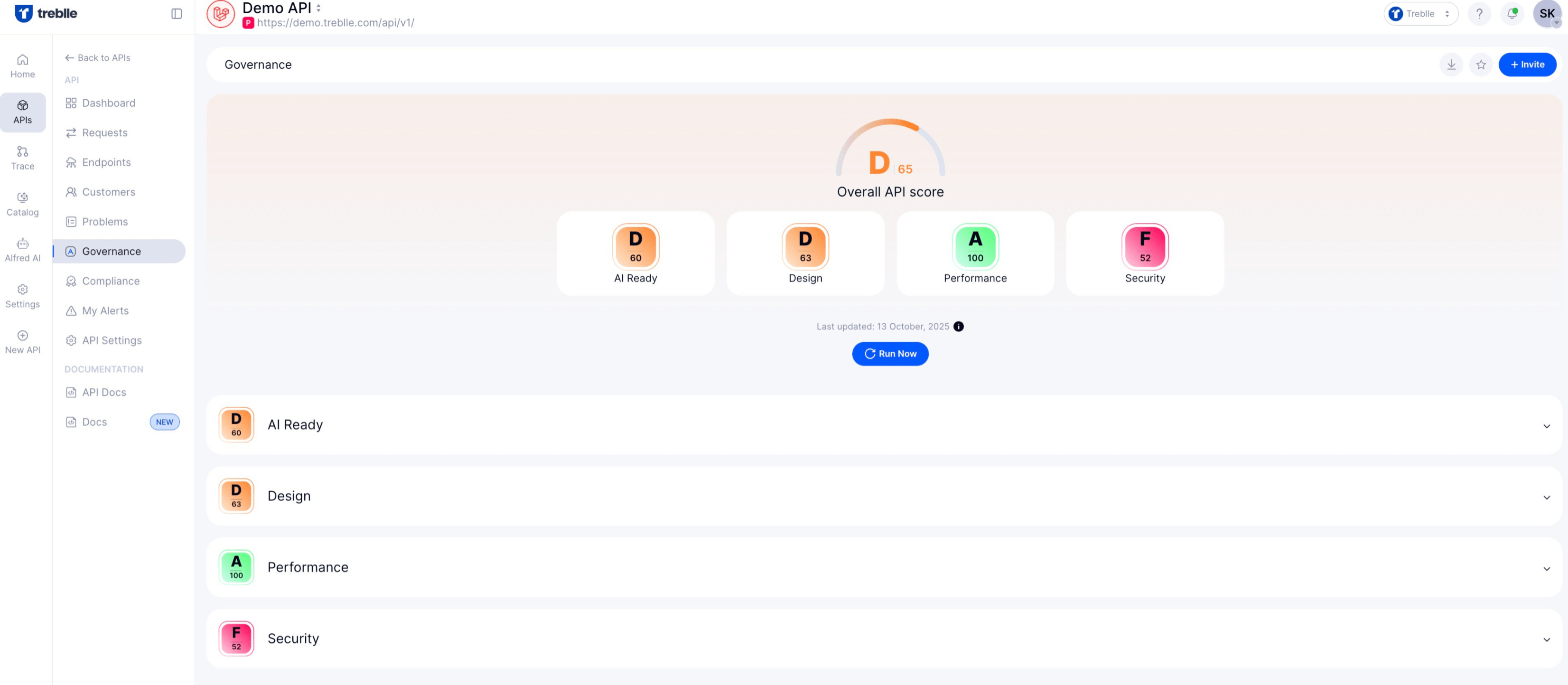
Treblle’s API Catalog feature automatically organizes your live APIs, including endpoints, versions, and metadata, into a unified registry. Instead of a static directory, it dynamically reflects what’s running in production. Teams can browse APIs, filter by tags or version, and view which ones meet governance criteria without exposing sensitive internals.
With Treblle, you control visibility, so technical and non-technical stakeholders see just what they need.
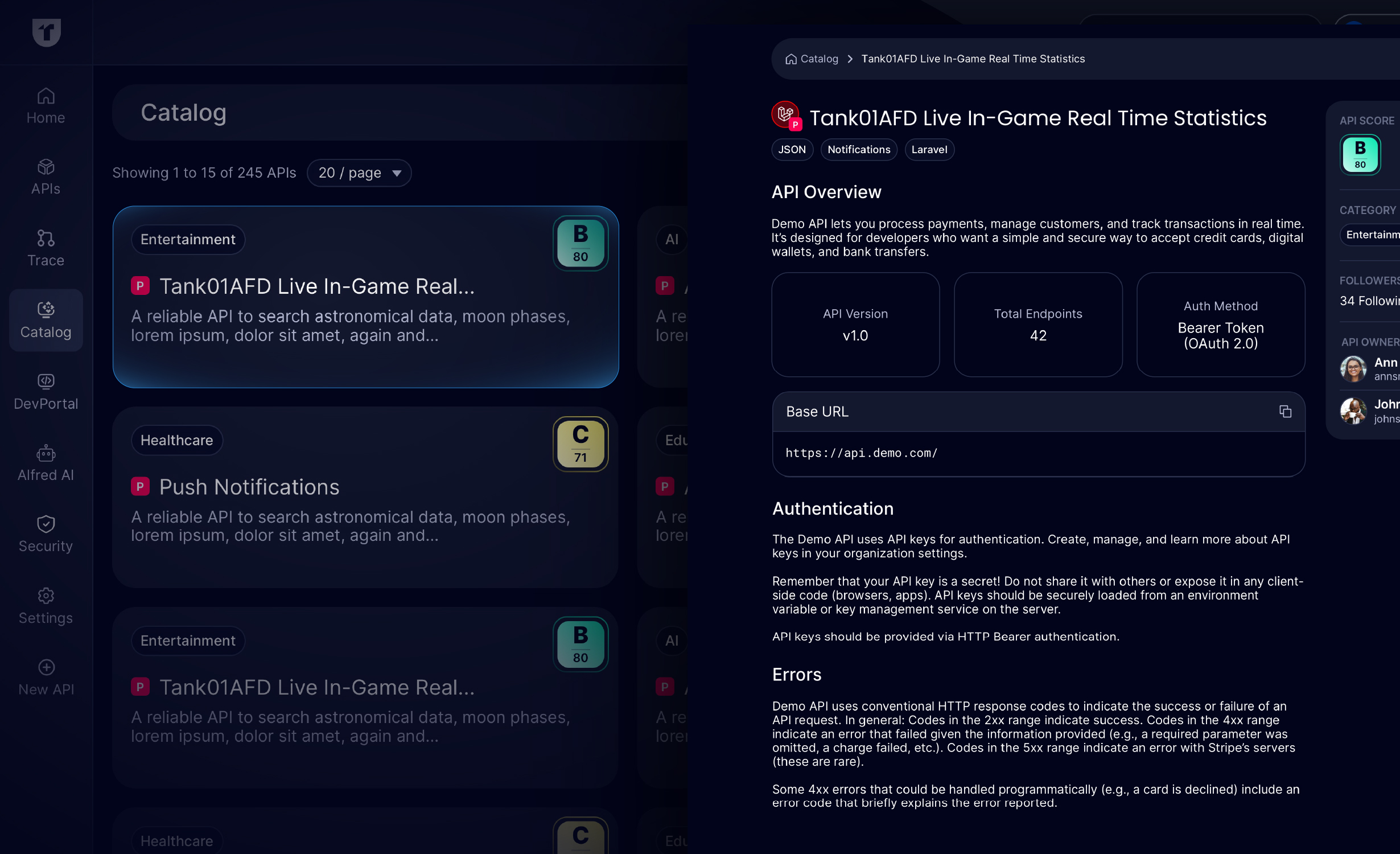
Alfred is Treblle’s AI assistant built into your developer portal. It examines your OpenAPI spec and live API traffic, then offers suggestions to tighten governance, such as completing missing parameter documentation, aligning operation IDs, or identifying discrepancies between the spec and production.
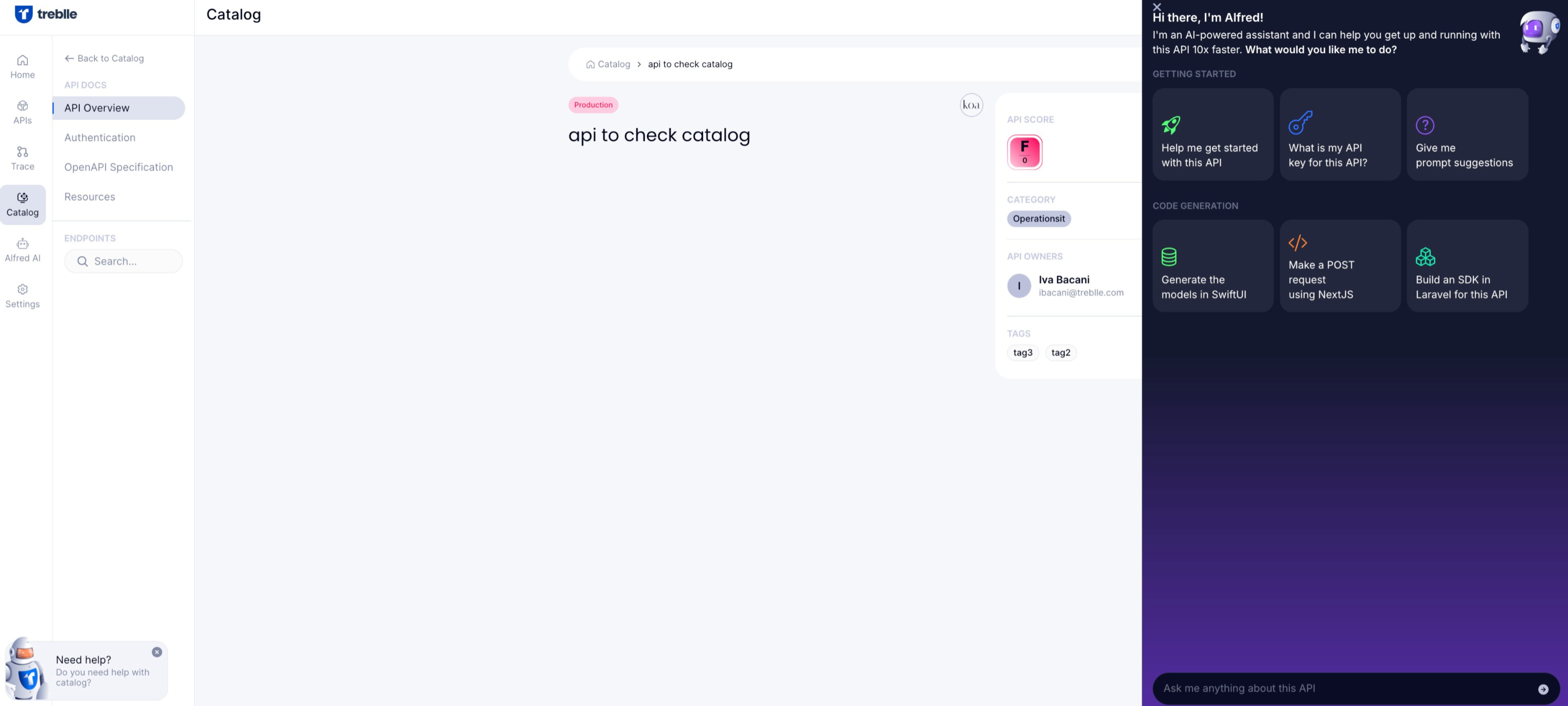
Try Treblle for free and see what makes it the best API Governance tool in this list.
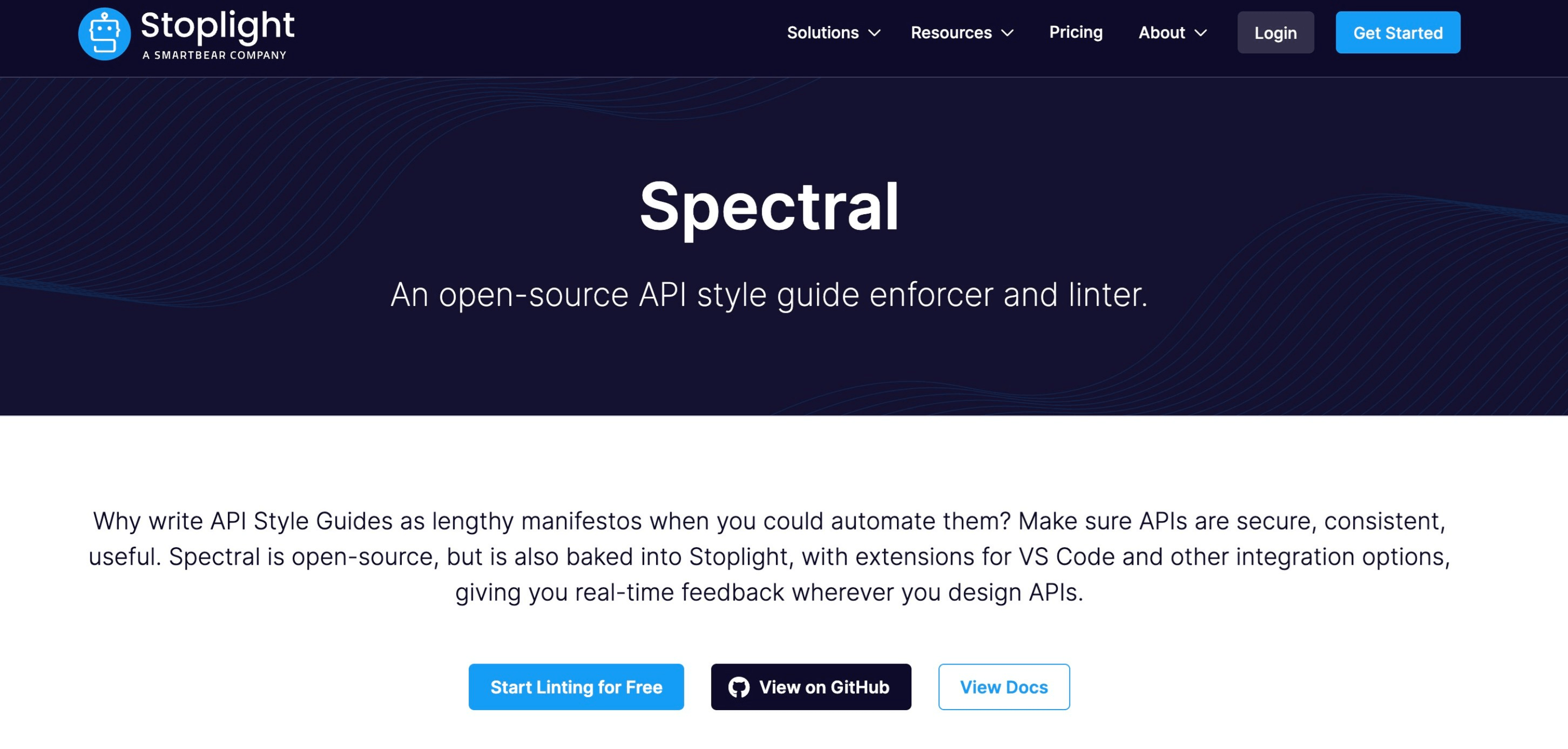
Spectral is a policy-as-code linter for API descriptions that fits cleanly into design and CI workflows. If your goal is to have consistent, review-ready OpenAPI/AsyncAPI before code ships, Spectral remains a reliable choice in any shortlist of top API Governance tools. It runs rules against JSON/YAML, supports custom style guides, and blocks merges when guidelines aren’t met.
Key features
Built-in rules for OpenAPI v2/v3.x and AsyncAPI; extend with your own policies.
Generic engine for any JSON/YAML (beyond API specs).
Simple CLI and CI/CD integration for automated linting on PRs.
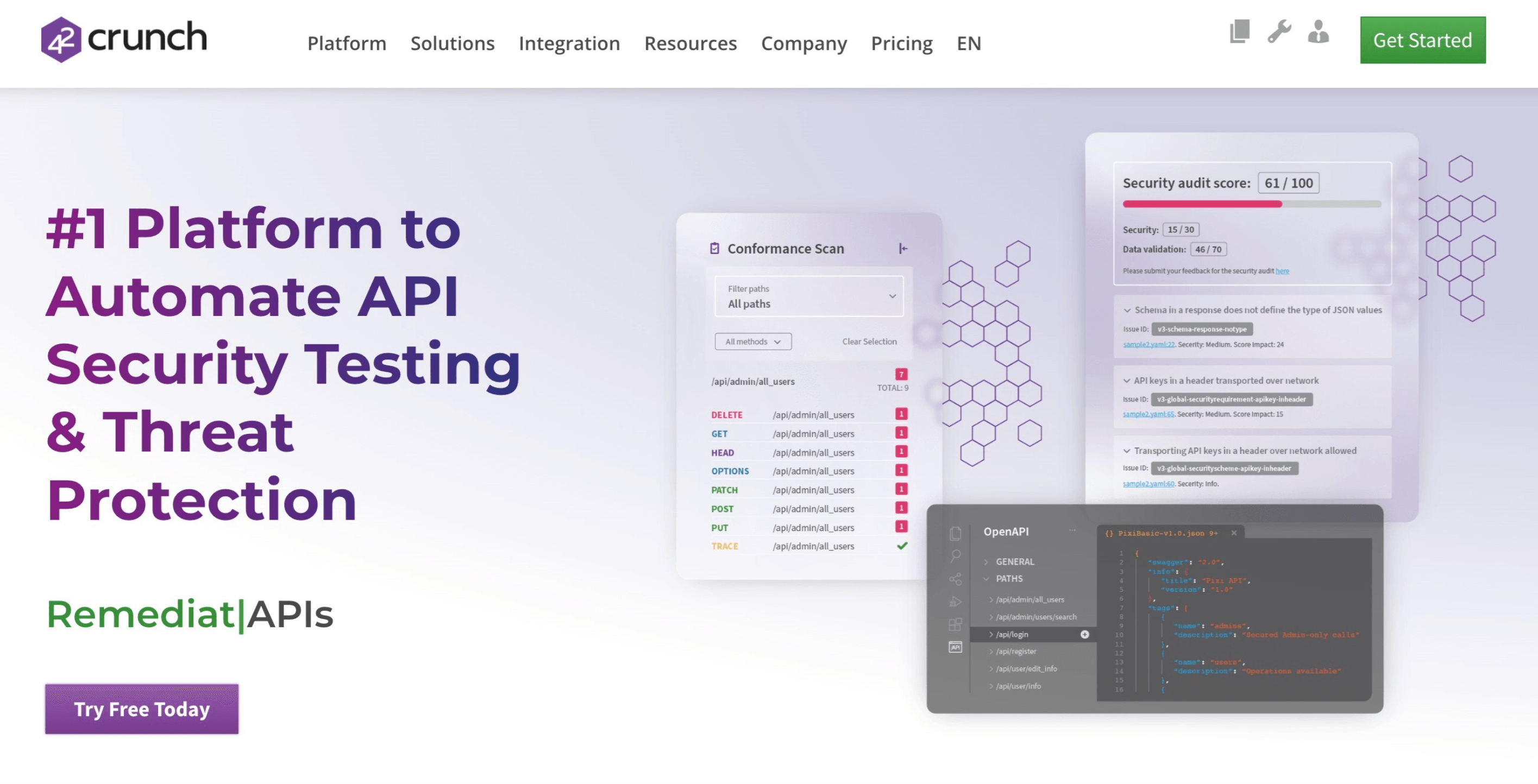
42Crunch brings a security-first lens to governance by auditing OpenAPI contracts with hundreds of checks, scoring risk, and enforcing policies from design to runtime. It’s a strong fit for enterprises where “shift-left” API security is a non-negotiable criterion when comparing the API Governance tools.
Key features
300+ OpenAPI security checks with instant scoring and remediation tips.
CI/CD quality gates that fail builds on policy violations.
Platform coverage from design audit to runtime protection.

Postman embeds governance directly into the same workspace where teams design, mock, and test their applications. With API Builder and Spec Hub, you define rules once and apply them across OpenAPI and AsyncAPI assets, then track adherence in organization-level dashboards.
For teams already standardized on Postman, this is a practical way to scale governance without changing tools.
Key features
Configurable governance rules applied inside API Builder/Spec Hub.
Collaborative review and issue surfacing within existing Postman workflows.
Organization-wide visibility into guideline adherence.
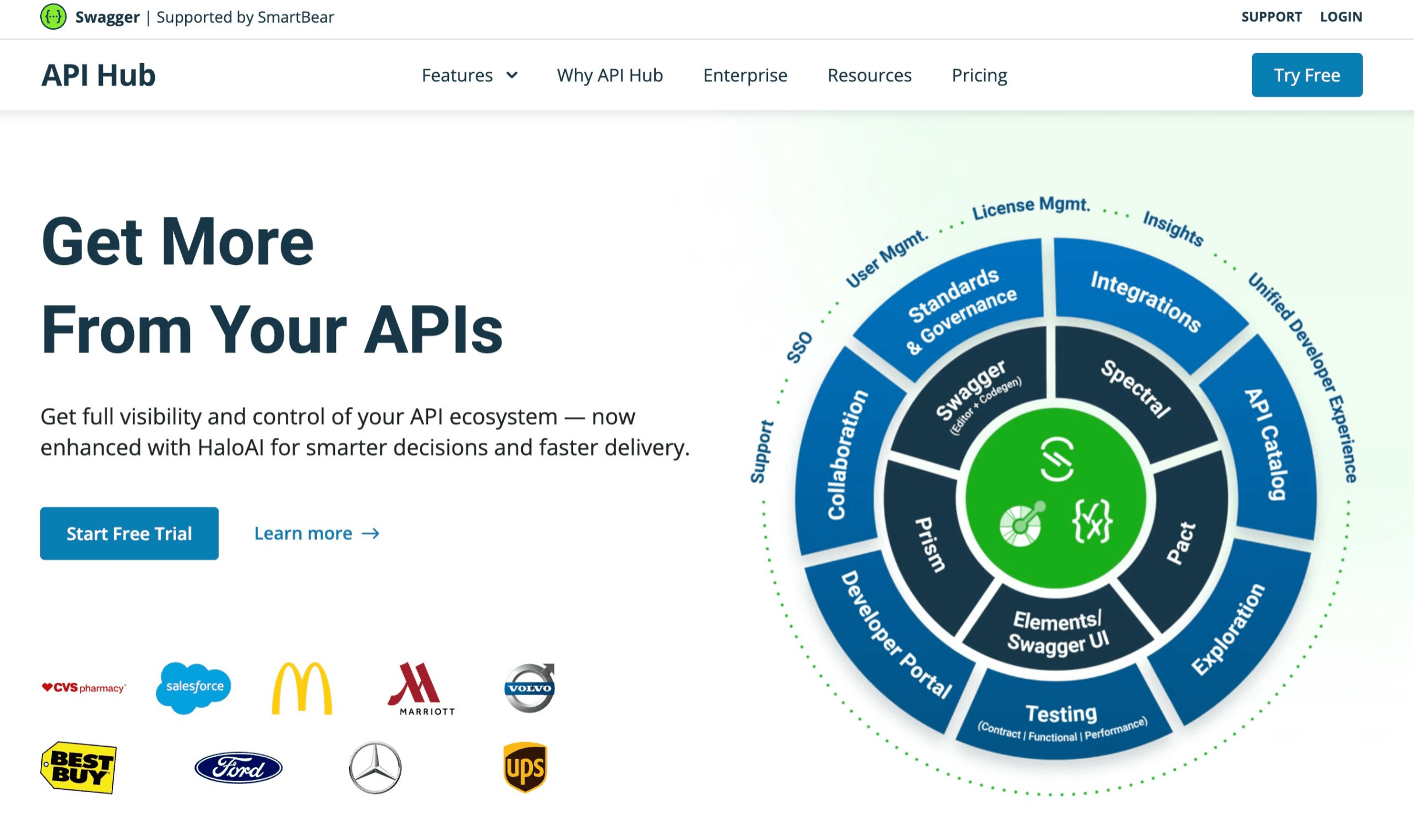
SwaggerHub focuses on design-time standardization, so specs leave the door open to consistency. Its API Standardization capability checks operations, parameters, and models against your style guide, with custom rules when needed, making it a staple in lists of top API Governance tools for design quality.
Key features
Organization-level standardization with built-in and custom rules.
Collaborative editing, versioning, and publishing.
Early detection of design inconsistencies before implementation.

Kong extends governance to the gateway with policies, plugins, and a Service Catalog that centralizes ownership, dependencies, and repos. If you’re operating hybrid/multi-cloud estates, this provides policy leverage close to traffic while improving discoverability, a common requirement in enterprise selections for the API Governance tool.
Key features
Central Service Catalog with owners, upstream/downstream dependencies, repositories, and pipelines.
Governance through gateway plugins and org-wide policy enforcement.
Shadow-API discovery to improve security posture.
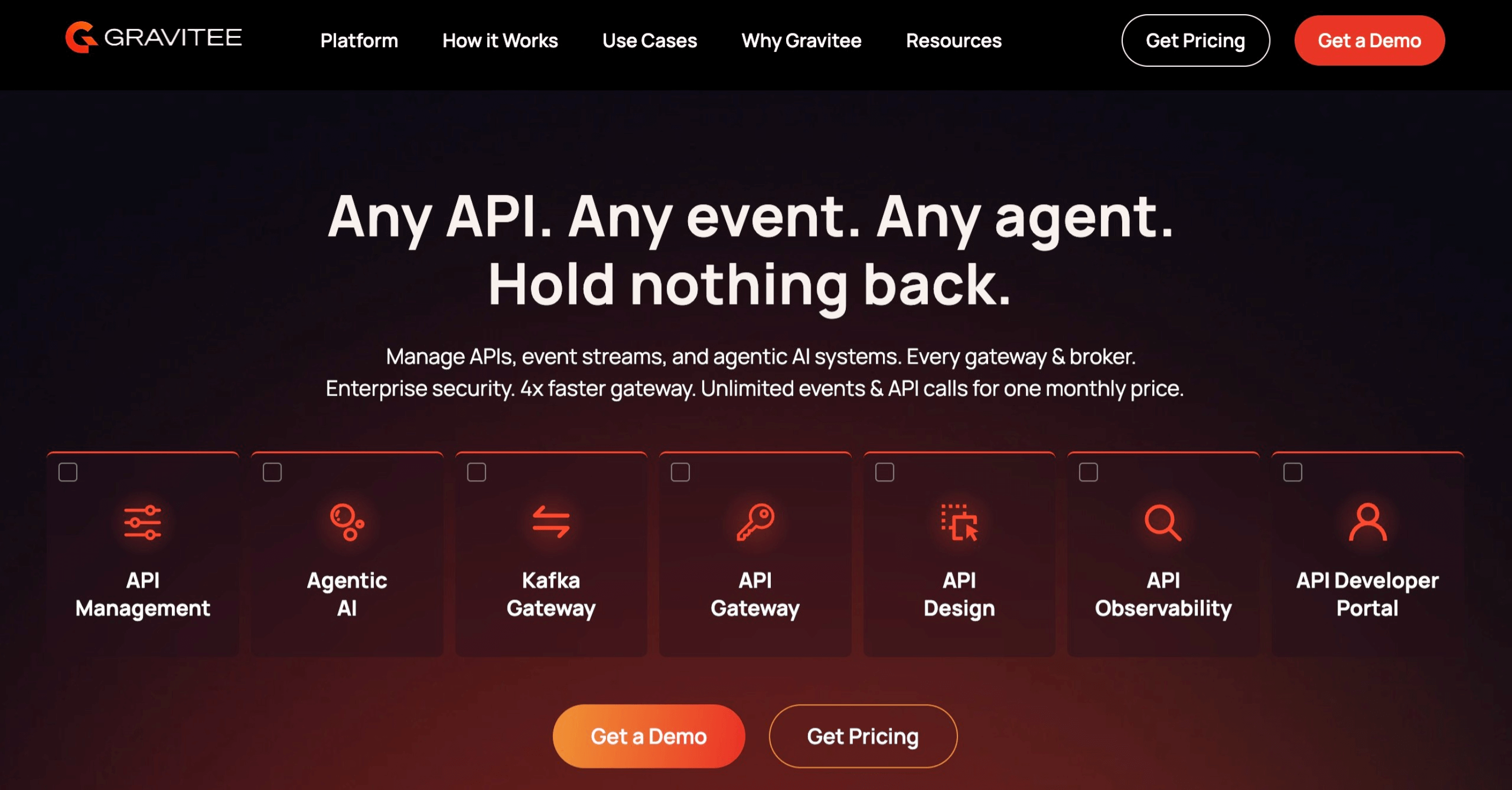
Gravitee combines API management with a rich policy engine and productization features (plans, subscriptions). It targets contract checks, security policies, and lifecycle automation without slowing teams, making it useful for regulated and event-driven platforms, as well as for comparing API Governance tools for gateway-level controls.
Key features
Policy execution for security, transformation, throttling, and routing.
Plans and access control to standardize consumption.
Event-native options for streaming and async APIs.
Bring policy enforcement and control to every stage of your API lifecycle.
Treblle helps you govern and secure your APIs from development to production.
Explore Treblle
Bring policy enforcement and control to every stage of your API lifecycle.
Treblle helps you govern and secure your APIs from development to production.
Explore Treblle
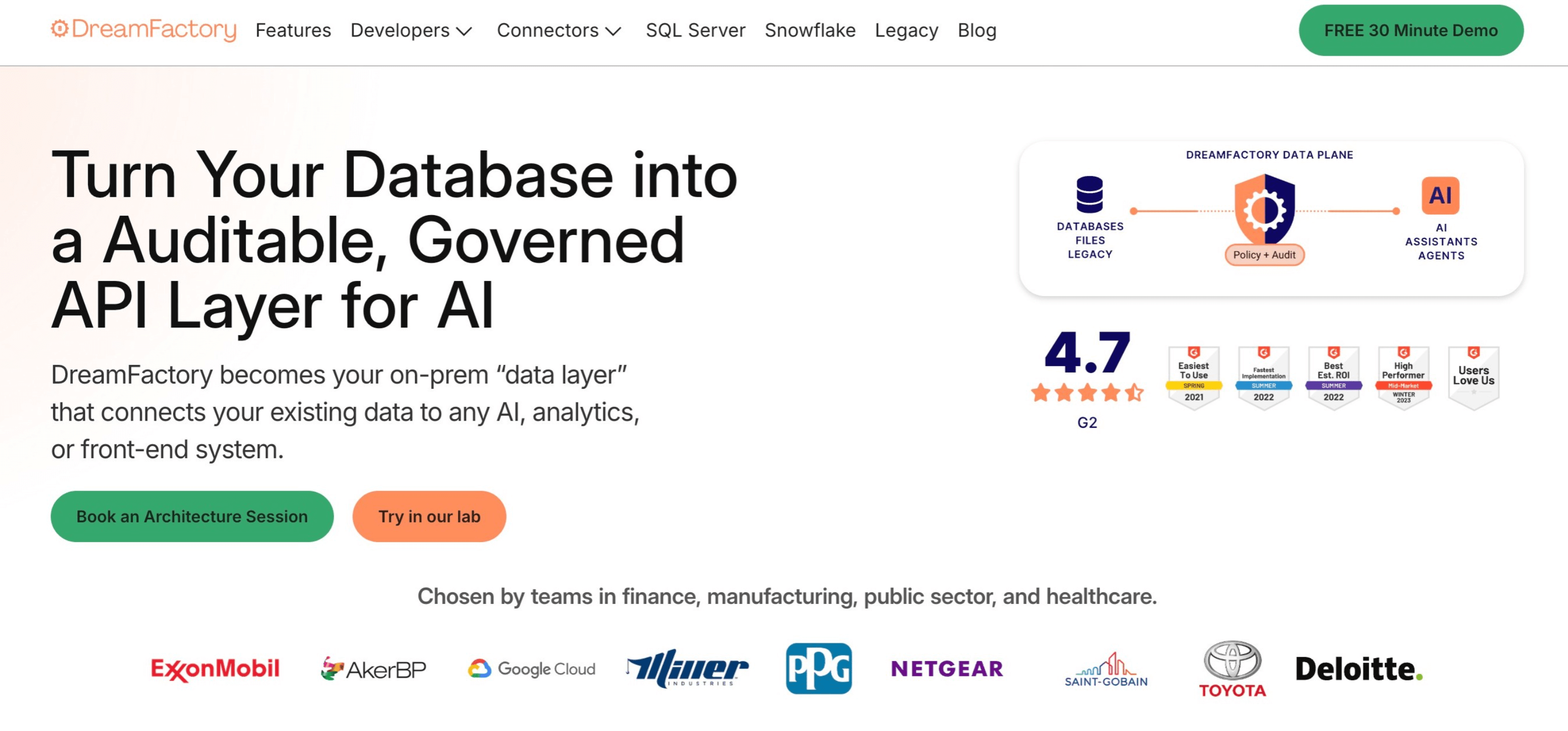
DreamFactory generates secure REST APIs from your databases and services in minutes, then applies governance to them. Endpoints are private by default, authenticated with API keys, and mapped to RBAC roles (or OAuth), with documentation automatically generated using live OpenAPI/Swagger.
For platform teams building data products, this means you can ship faster without compromising access control or clarity.
Key features
Rapid API generation with OpenAPI docs out of the box.
Built-in audit logging for compliance and traceability.
Security configuration and access controls for services generated across various platforms.
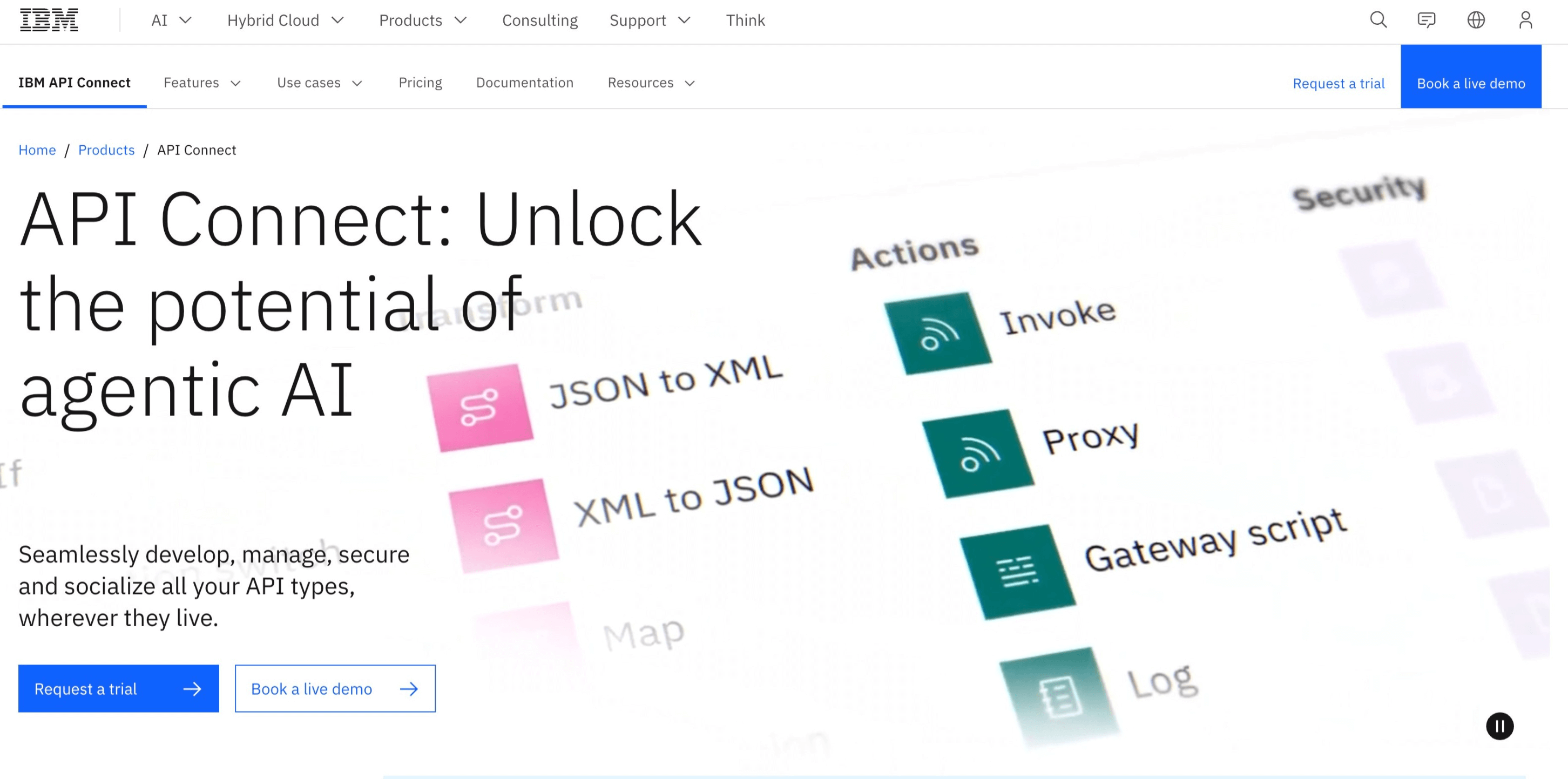
IBM API Connect offers full-lifecycle management with an optional governance capability that validates APIs/products against organizational rules.
It’s aimed at large enterprises aligning multiple lines of business, which is why it often appears in enterprise lists of the best API Governance tools.
Key features
Governance add-on to validate Swagger/OpenAPI/AsyncAPI and product docs.
Rule enforcement and approvals in the API Manager UI.
Enterprise lifecycle and visibility across environments.
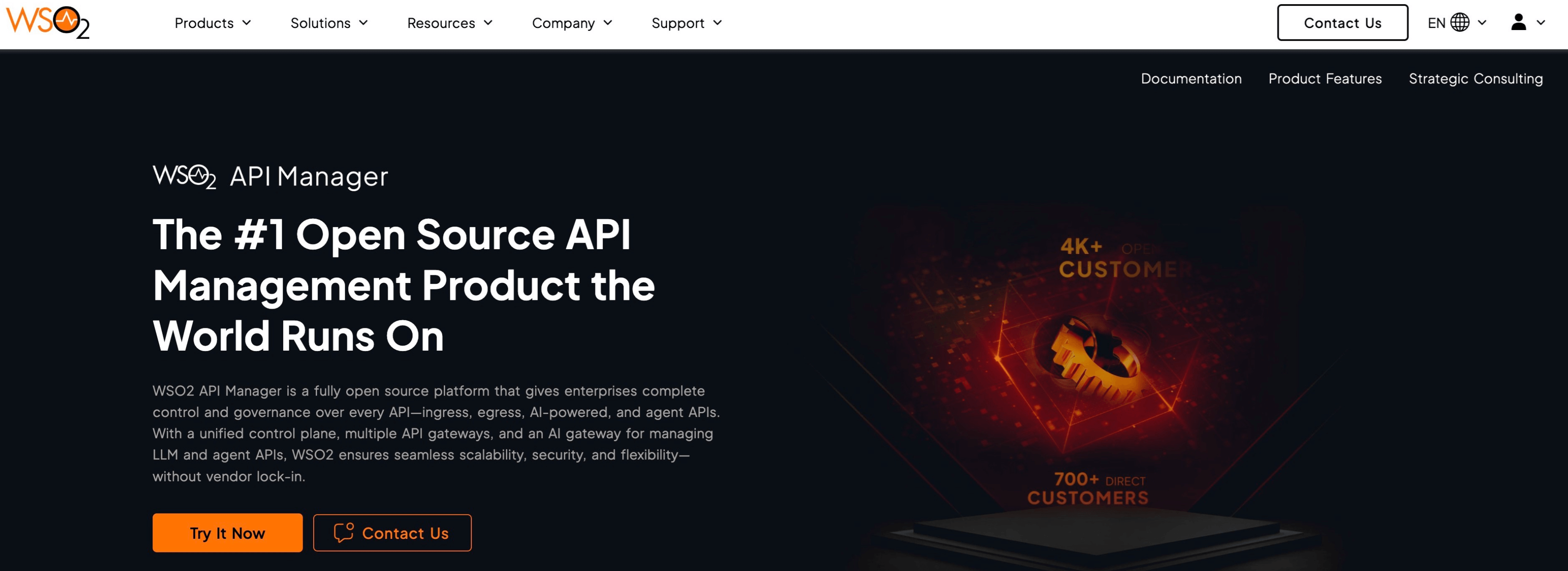
WSO2 provides formal governance with rulesets, RBAC, and CI/CD automation via apictl. If you want open-source flexibility plus structured enforcement across create/update/publish/deploy stages, WSO2 deserves a spot among the top API Governance tools you evaluate.
Key features
CI/CD-driven governance checks using API Controller (apictl).
Role-based access control and XACML-based authorization options.
Policy enforcement by lifecycle state with dashboards for oversight.
| Tool | Best for | Standout Capability |
|---|---|---|
| Treblle | Fast-growing teams that want governance + runtime visibility | Live request/response capture with sensitive-data masking and an auto-built API Catalog tied to governance scoring. |
| Spectral (Stoplight) | Design-time consistency and CI linting | Open-source linter with built-in OpenAPI/AsyncAPI rulesets and a simple CLI for pipelines. |
| 42Crunch | Security-first programs that gate releases on risk | 300+ OpenAPI security checks with scoring and audit reports; integrates from IDE/CI to runtime. |
| Postman API Governance | Teams already standardized on Postman | Rules applied in API Builder/Spec Hub with org-level dashboards for adherence. |
| SwaggerHub (SmartBear) | Design-phase standardization across teams | “API Standardization” enforces style rules for operations, parameters, and models (customizable). |
| Kong Konnect | Hybrid/multi-cloud estates needing gateway-level control | Service Catalog for discovery/ownership plus shadow-API discovery and governance scorecards. |
| Gravitee.io | Policy-driven gateway governance and productization | Plans and a rich policy engine (security, transform, throttling) with lifecycle automation. |
| DreamFactory | Rapid API generation with guardrails for data products | Auto-generated APIs with RBAC and audit logging to meet compliance needs. |
| IBM API Connect | Large enterprises standardizing rules across BUs | Governance add-on validates OpenAPI/AsyncAPI and product docs using custom rulesets. |
| WSO2 API Manager | Open-source shops needing CI/CD governance | Spectral-based rule validator and apictl automation for pipeline checks. |
As your API portfolio grows, governance becomes less optional and more foundational. Without structure, teams diverge, standards slip, compliance gaps emerge, and troubleshooting becomes chaotic. The top API Governance tools exist to prevent that drift by turning policy into practice.
Among them, Treblle offers a powerful blend of enforcement and observability. It continuously scores APIs across design, security, performance, and compliance; captures full request/response context (while masking sensitive data); serves as a live API catalog; and provides AI‑driven guidance to close gaps.
In short, it enables your team to establish standards once, test their performance in real-world scenarios, and address any discrepancies without slowing down the delivery process.
If you’re already invested in design-time linting or gateway policies, keep them, and add Treblle on top to close the runtime feedback loop. The combination provides consistent specifications, CI gates that matter, and evidence from production to demonstrate that governance is effective without slowing the team down.
 API Design
API DesignAPI authorization defines what an authenticated user or client can do inside your system. This guide explains authorization vs authentication, breaks down RBAC, ABAC, and OAuth scopes, and shows how to implement simple, reliable access control in REST APIs without cluttering your codebase.
 API Design
API DesignRate limiting sets hard caps on how many requests a client can make; throttling shapes how fast requests are processed. This guide defines both, shows when to use each, and covers best practices.
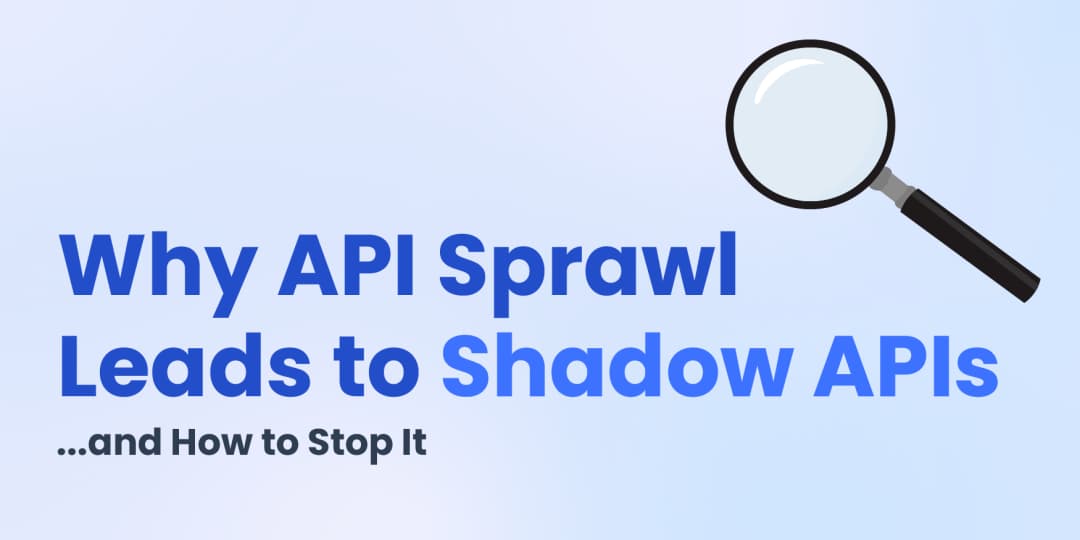 API Design
API DesignUnmanaged API growth produces shadow endpoints you can’t secure or support. This guide explains how sprawl creates blind spots, the security and compliance risks, and a practical plan to stop it at the source.